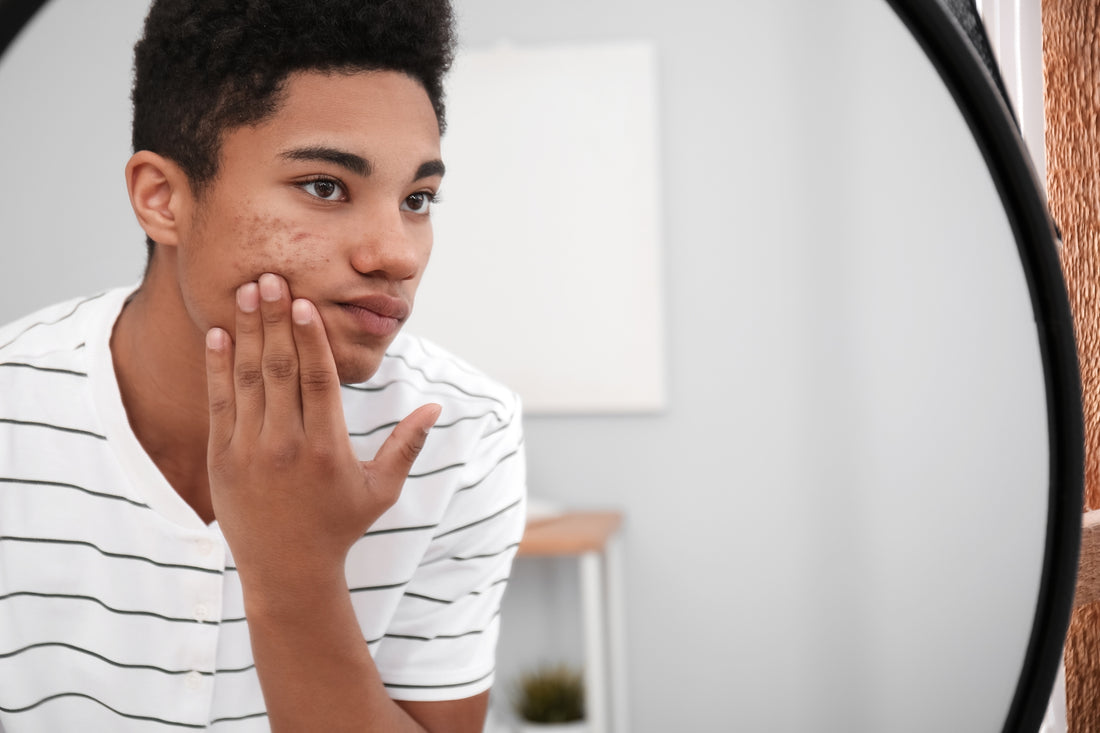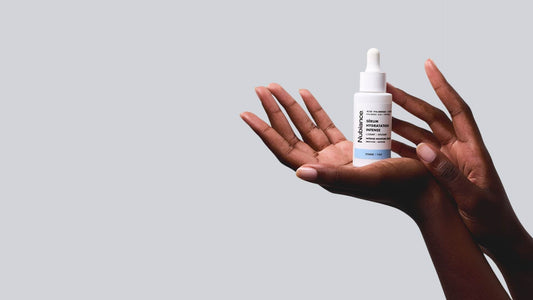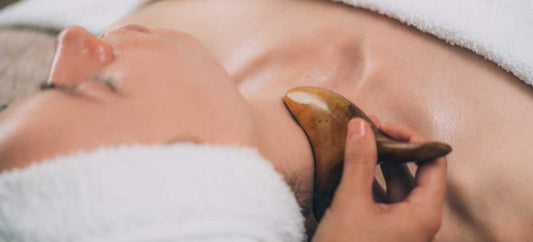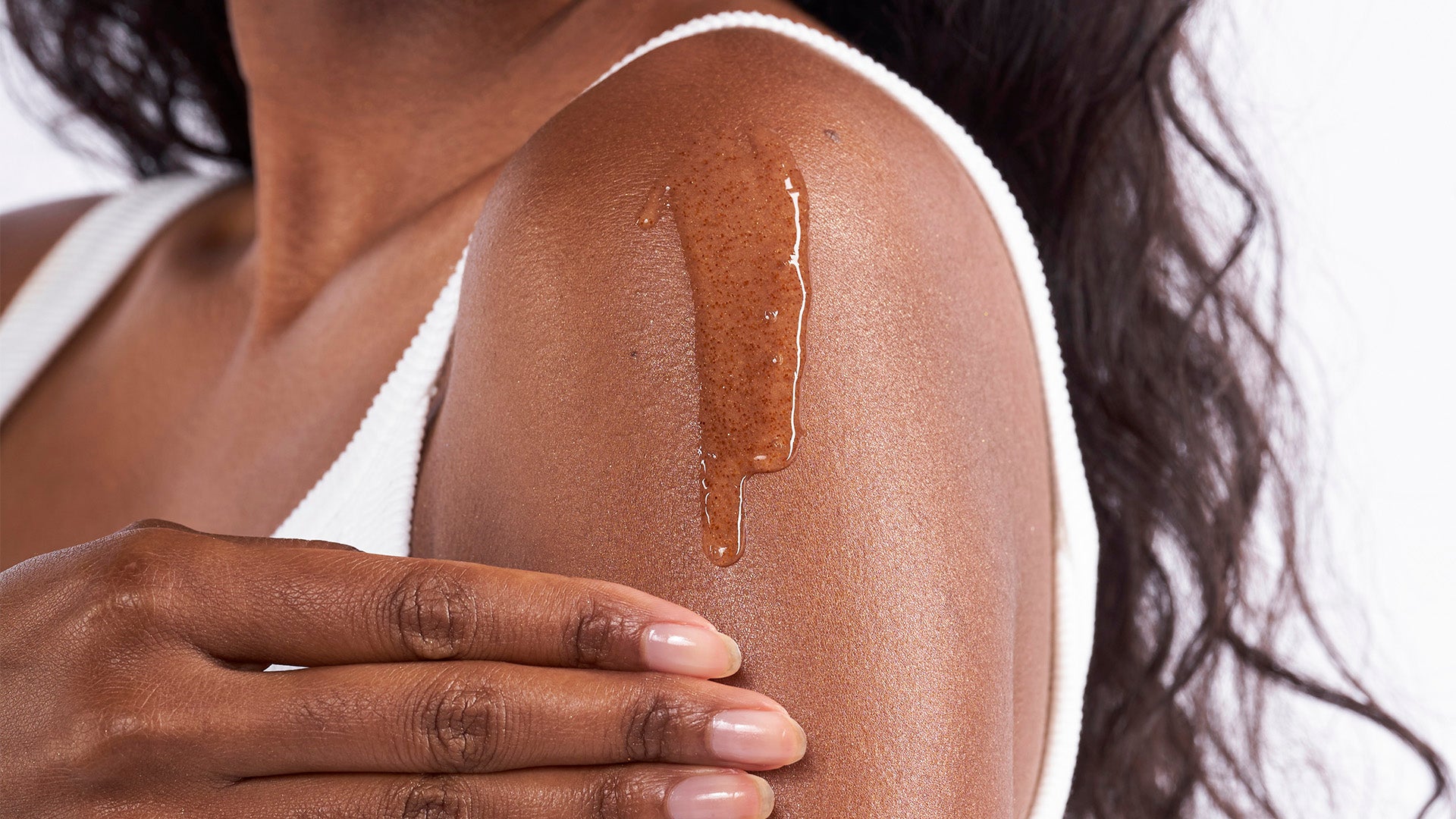
Acne and adolescence: what you need to know
Partager
Oily, shiny skin, pimples and large pores… your teen has teenage acne . This phenomenon may seem trivial for society, but it can quickly become disabling for teenagers. Moreover, 80% of French people aged 12 to 18 are affected by these unsightly pimples. There is no magic bullet to get rid of acne permanently. But we are advancing in this article, dermatological and medical solutions that help to gradually eliminate these pimples and regain self-confidence.
What are the causes of teenage acne?
Acne is caused by the excessive production of sebum. When it accumulates, the pores struggle to evacuate the excess. Consequently, they clog and/or expand . The pimples then form and sometimes give way to inflammation. This inflammation is the cause of red and painful pimples.
At the age of puberty, hormonal secretions increase and sebum production becomes disrupted. Excess sebum makes the skin oily. Only, when the pores can no longer evacuate all the fat, the retention causes open comedones on the outside, or closed comedones under the skin. Today, many solutions exist to help control the sebaceous gland and treat inflammation.
In more serious cases, the face and/or the back of the teenager can very quickly end up covered with pimples and worse still, with inflammatory lesions. It is then necessary to react quickly and consult a dermatologist in order to limit the aggravation of the situation. Providing medical and psychological support to the child in certain situations can be important. Because indeed, having a face covered with acne pimples in adolescence can have a significant impact on social life.

How Does Teen Acne Occur?
In general, teenage acne is hereditary and acne-prone skin is passed down from generation to generation. But this skin disease can also be favored by a dietary factor. Our current lifestyle punctuated by the consumption of fast sugars, promotes hormonal imbalance and therefore the appearance of acne.
When you regularly consume refined and industrial products, it increases the level of sugar in the blood. Hence the overproduction of insulin which, for its part, will stimulate the sebaceous gland. It is therefore not surprising to see the skin produce more sebum. This poor diet will lead to various micro-inflammations throughout the body, including the skin.
Teenage acne manifests itself in two different ways. You will certainly notice comedones which are accompanied by inflammatory lesions. It should be noted that juvenile acne starts very early, around 12 and 13 years old. In general, it begins a little earlier (9-10 years) in women and a little later (14-15 years) in boys.
Childhood acne does not disappear until around the age of 18. In some people, it continues even into adulthood, manifesting only in different ways. The sooner you take care of acne, the sooner it disappears. In any case, it must be emphasized that the treatment of acne lasts a long time.
What to do for teenage acne?
First of all, you have to adopt a healthy lifestyle that limits sebum production and prevents inflammation. For this, it is necessary to avoid saturated fats and fast sugars which will promote inflammation throughout the body. On the other hand, it is necessary to privilege sebum-regulating foods which make it possible to control the production of sebum and to preserve its quality. For this, you must eat foods rich in zinc such as oysters and beef.
Sometimes the dermatologist prescribes drugs in the form of local treatments. In some cases, they are accompanied by antibiotic treatments that help fight the inflammation from the inside. Dermocosmetic solutions are also very popular these days, including:
- Dermatological cleaning which consists of cleaning the skin, opening the microcysts and drying them in the office.
- Photo-stimulation which is a light treatment aimed at eradicating acne pimples and reducing scars.
And to find out more about dermocosmetics, read this article: What is dermocosmetics?

How to take care of acne-prone skin?
The skin should be cleaned regularly to remove excess sebum. This helps prevent clogging of the pores. At the same time, these products can act in depth to control the quality of the sebum produced by the sebaceous gland.
To cleanse your skin, you can use our cleansing gel with its purifying properties. It helps prevent bacterial proliferation to protect your skin from the risk of inflammation due to acne pimples. This product has been formulated for oily, acne-prone skin to help maintain proper balance.
It is recommended to perform a gentle exfoliation on the face and body, especially the parts affected by acne to combat blemishes. You can adopt our AHA exfoliating gel which will eliminate dead cells, regulate sebum production and stimulate cell renewal. Simply apply to clean, damp skin in circular motions without . Rinse thoroughly with clean water after exfoliation.
Finally, it is necessary to nourish, moisturize and protect the skin with an anti-imperfection cream. Our intense Act-5 care preserves the quality of sebum and strengthens the hydrolipidic barrier for healthy, smooth and radiantly beautiful skin.




